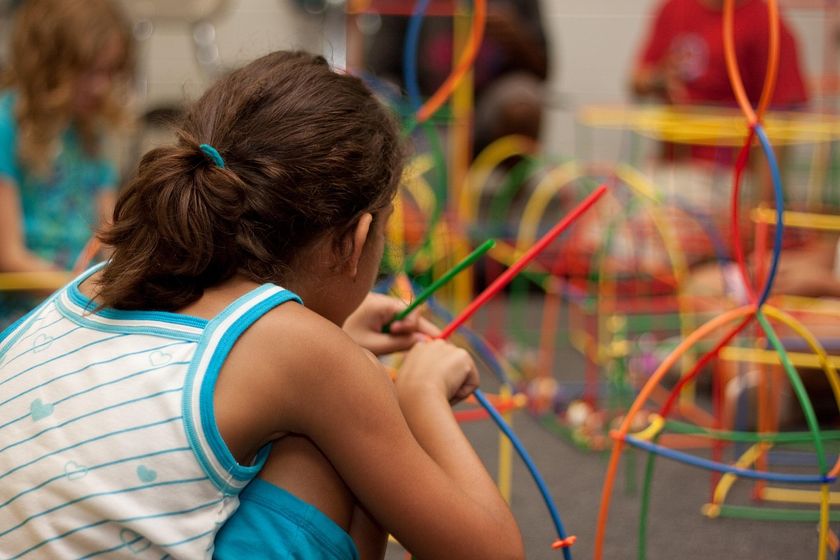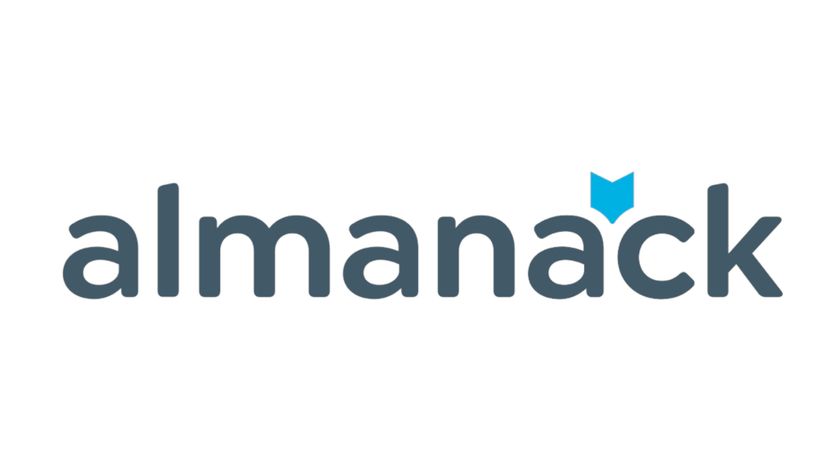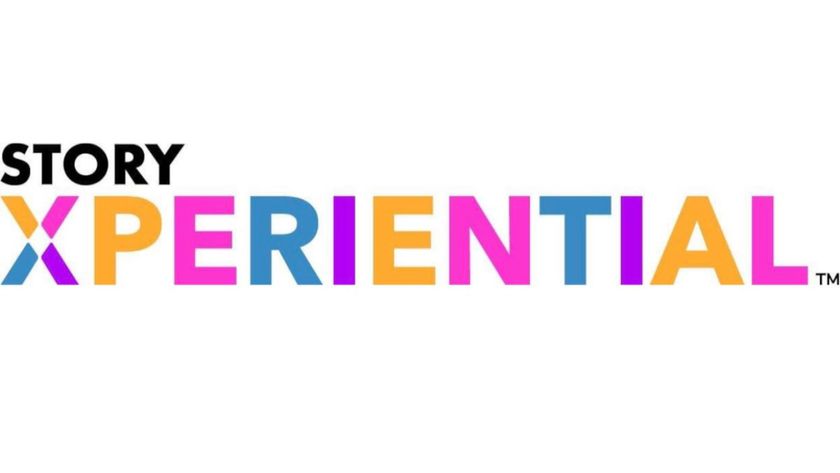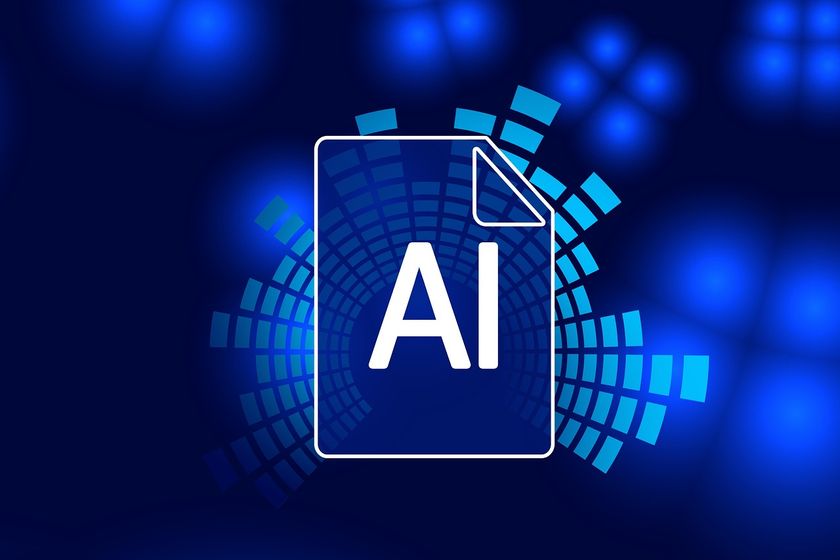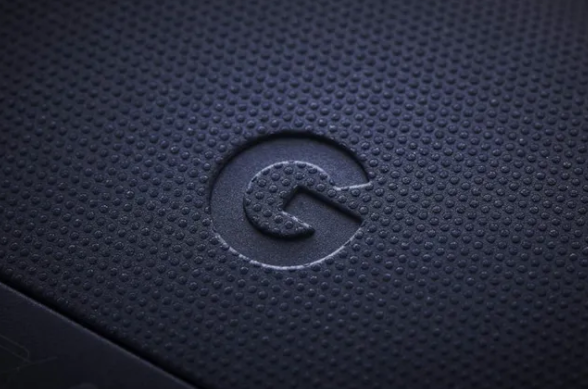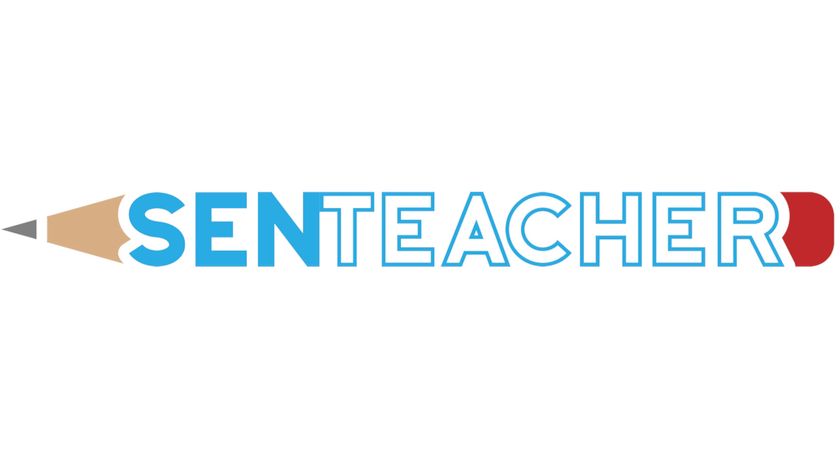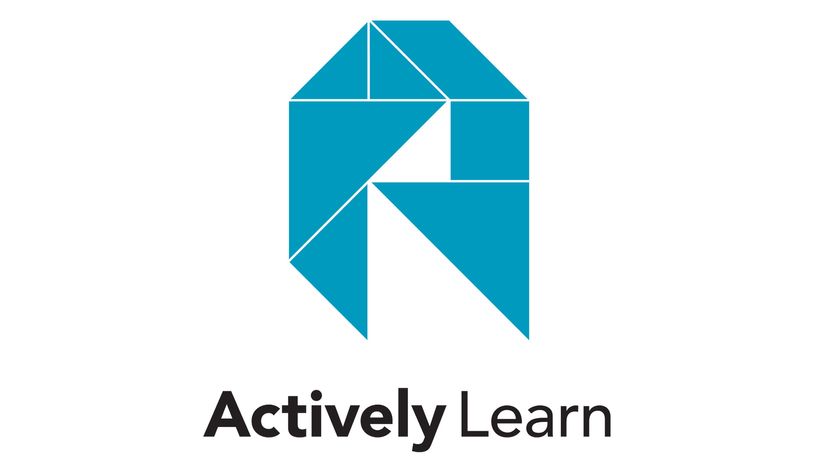Seeing the Whole Lesson with Video Reflection
As a teacher, I spend the majority of my planning time trying to find new and insightful ways to engage my students, to give clear instructions, and to relate content to them.
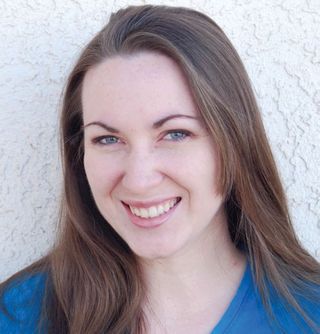
AMY HENDERSON, 11th grade English teacher at the Wonderful College Prep Academy in Delano, California
As a teacher, I spend the majority of my planning time trying to find new and insightful ways to engage my students, to give clear instructions, and to relate content to them. I remember planning one lesson specifically with these things in mind. The material and assignments were rigorous, I differentiated my instruction, and my students laughed at a joke I cracked during class. Based on all of these factors, I considered the lesson a success. But when I graded the work, I found that only a handful of students completed the assignment correctly.
Where did I go wrong? I don’t go out of my way to be boring, give terrible directions, or be condescending. In fact, like most teachers, I try to do the exact opposite. But if teachers are trying so hard not to make these kinds of mistakes, why do we continue to make them? The short answer is that we don’t always see our mistakes exactly as they happened.
How might my attitude and response to my lessons change if I could actually witness them from the perspective of the students?
FROM GOOD PRACTICE TO BEST PRACTICE
Little unnerves a teacher more than having to watch themselves teach. In my first year of teaching, I knew that I had a lot to learn, but I was hesitant to record myself. Surely, my memory of the lesson was enough to learn from and reflect on.
I was wrong. Towards the beginning of the year, I began recording videos of my lessons to share with a mentor using the video coaching platform Edthena. The first time I watched a video of myself teaching, I’m pretty sure my eyes started to bleed a little. My directions were terrible and confusing and my jokes, though funny, were sometimes distracting.
Tech & Learning Newsletter
Tools and ideas to transform education. Sign up below.
Watching an entire class’s reaction to my lesson showed me that only a few students were actively engaged. While I admit that realization was a bit of a blow to my ego, it was also an incredible step towards my progression and improvement as a teacher.
By using video reflection in the classroom, teachers are able to engage in a more accurate reflection on lessons and how they relate to student outcomes. For example, consider a math teacher who gives out an assignment on rewriting and graphing equations. During class, all the students are showing patterns of correctly rewriting the equations. However, the teacher notices that, in the actual assignments, the majority of the graphed equations are incorrect. Noticing this pattern can help the teacher see what material he or she might need to re-teach. This is good practice.
But how would that planning change if the math teacher had a video recording of the lesson for that day? By reviewing the actual minutes of the lesson, the teacher can more accurately analyze their instruction to determine the cause of the students’ misunderstanding. Perhaps the teacher needed to provide additional information or try a different approach to explain the concept. With this practice, the teacher is not simply reteaching what students may have missed. Rather, the teacher is evaluating how to reteach so that the same mistakes are not repeated. This is best practice.
NOTICING (AND FIXING) BAD HABITS
Video reflection is incredibly helpful for specific, targeted lessons, as well as for noticing patterns in instruction. For example, when reviewing a series of video recordings in my classroom, I noticed that I favored the right side of the room when teaching and when circling the room to answer questions during independent work time.
In five specific lessons, I taught almost the entire time from the right side of the classroom and directed my focus to those students nearly twice as often. Subsequently, these students participated more and had more questions answered than those on the other side of the room. When I became aware of this completely unintentional pattern, I was able to refocus my teaching and deliberately work around the room so that all students were engaged and had equal opportunity to answer questions and provide comments.
Whether you’re a first-year teacher who needs some honest, sometimes brutal, feedback, or a seasoned teacher who’s stuck in a rut, video reflection helps to expedite progress in an authentic and rigorous way.
Nobody likes to look at their flaws, and yet that’s exactly what precedes improvement: knowing that we need to improve. I’ll admit that video reflection can be a bit awkward and uncomfortable at first; but, as educators, comfort is not our end goal. Our goal is to teach effectively and inspire our students. We ask them to trust us, to be vulnerable. So, what better way to show them our dedication than to hold ourselves to the same standard?




